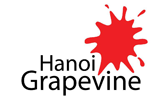Wandering around Art Stage Singapore 2015
Art Stage Singapore is the largest art fair in Southeast Asia. Founded in 2011, Art Stage Singapore immediate stood out, “kicking” Singapore Art Fair out of the art dealer marketspace. This is the 4th time that Art Stage Singapore is held at Marina Bay Sands that has the most spacious Convention Hall basement, next to the special building designed in the shape of a ship flying into the sky.
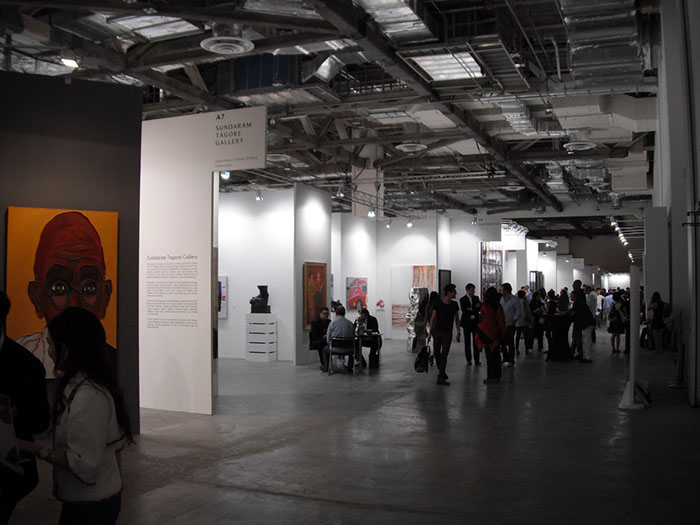
Moving beyond the level of other art fairs in the region, Art Stage Singapore is not a simple event where sellers rent booths to attract buyers. In the seemingly endless space of Art Stage, organizers also have platform to show selected works from student competition or curated exhibitions, which are not purely for sales. The Southeast-Asia Exhibition Platform covering an area of approximately 1000 sqm is a guarantee of the organizers not to let the quality of Art Stage Singapore slide towards a mere market-oriented event.
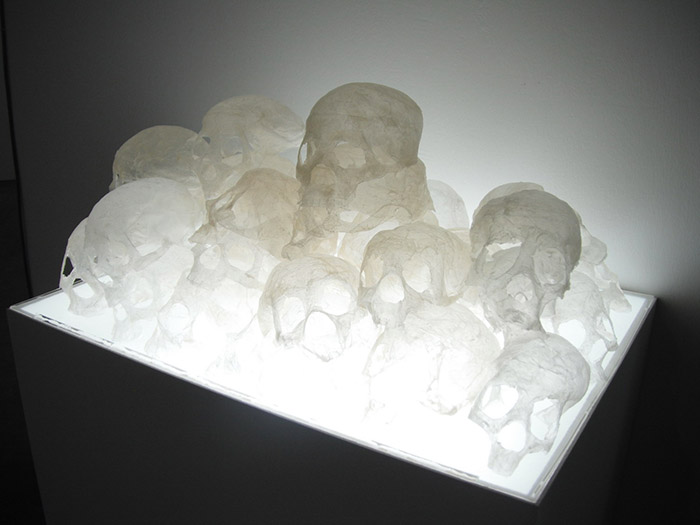
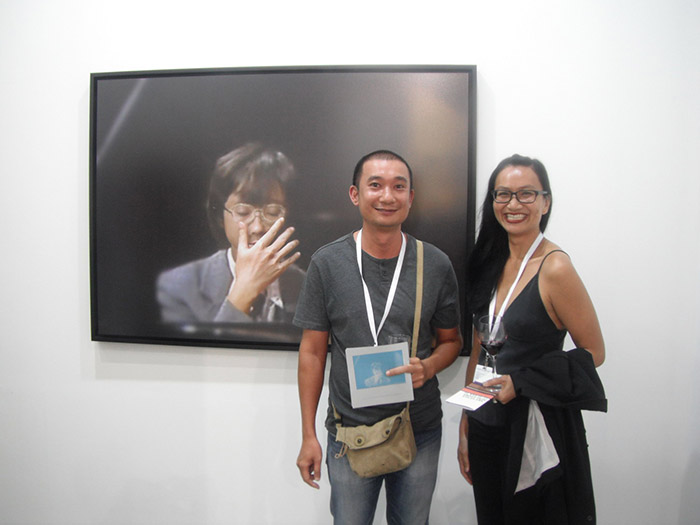
There are many Vietnamese artists invited to participate within the SoutEast Asia Platform such as Hoang Duong Cam, Nguyen Oanh Phi Phi, Do Hoang Tuong, Richard Streitmatter-Tran, etc. There are also a lot of art talks with diverse speakers including artists, art dealers, managers or art collectors. Therefore, the content of these talks covers the most significant issues of the development of contemporary art.
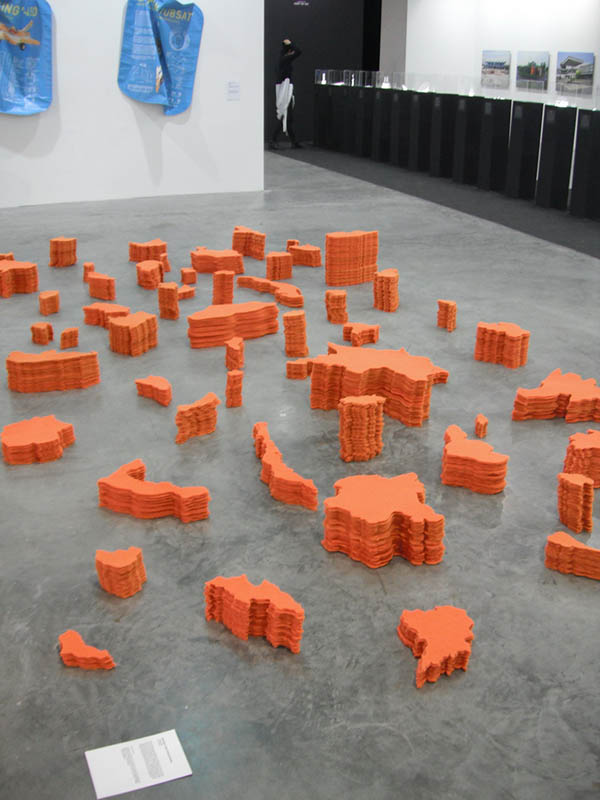
Of course, Art Stage is still a fair, thus, market forces influence galleries’ decision greatly on what to bring in. However, the general quality of the “market-oriented” works in Art Stage is also very good, as the galleries themselves have been carefully selected by the organizing committee.
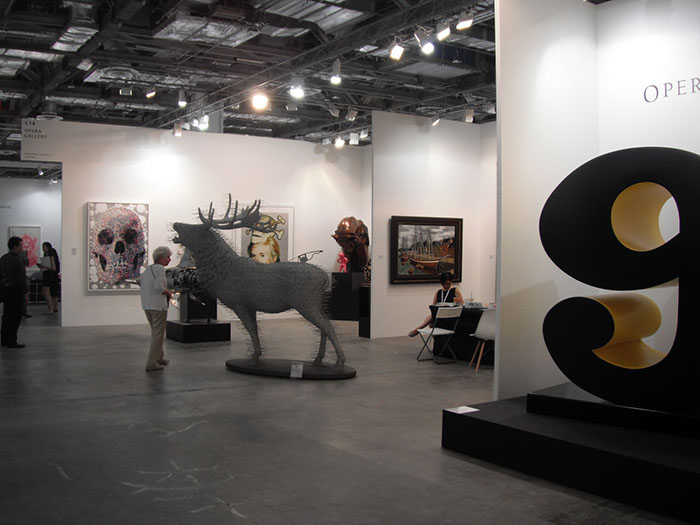
The audience of Art Stage Singapore is quite unique, with a mix of both local and global characteristics. There are many collectors living in Singapore and they are relatively open on deciding what to collect. However, perhaps the organizers of Art Stage Singapore is not only relying on the elite group of this small but prosperous host country. Singapore is also a frequent destination for the tycoons in Southeast Asia, from Indonesia, Malaysia, Philippines, where the gap between rich and poor is very large. These “thick-wallet” collectors add a larger demand to the regional art market. However, these group are famous for being “patriotic”, i.e they collect only from their famous home country artists. Of course, Art Stage Singapore also has international clients, who probably bring about expected stable aesthetic, but attracting customers taking long flights to come is never a simple matter. Accepting the “local and global” game, through the natural selection of the market, galleries and art works shown at Art Stage Singapore also change a lot over the years.
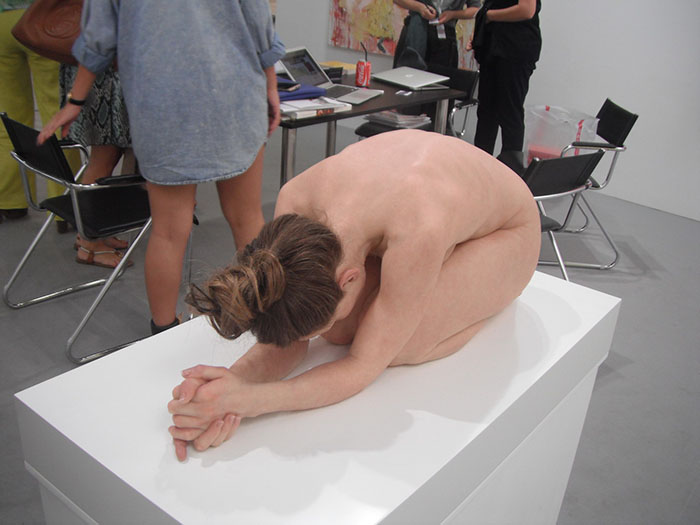
Art Stage this year attracts more galleries from Singapore, which is rumored to have been the host government’s suggestion, or naturally to offset the shortfall by European galleries struggling with the economic crisis and governments facing bankruptcy. The Chinese galleries with Mao-Pop artworks no longer dominate as in the first two Art Stages. Perhaps the most stable in quantity is the contribution from Japan and Korea. Japanese galleries bring famous artists like Yayoi Kusama or Kohei Nawa, but this fair we can’t at all find any Murakami.
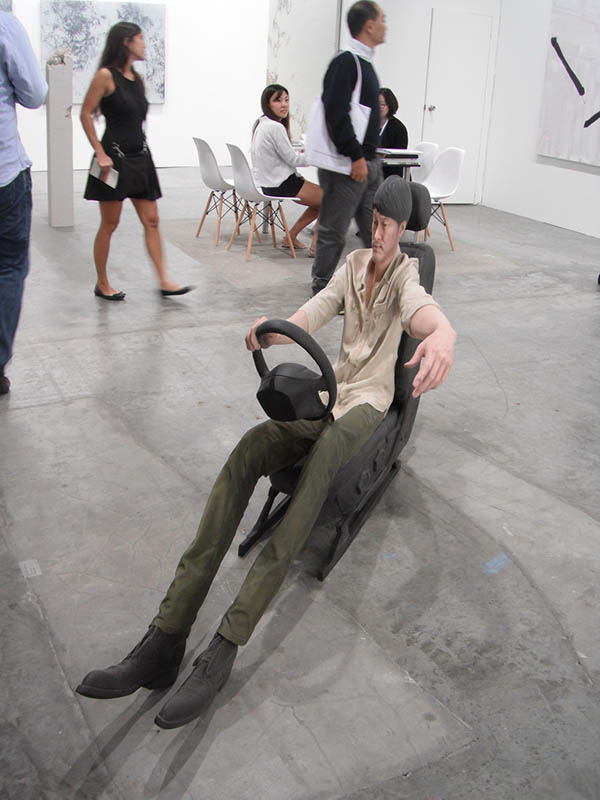
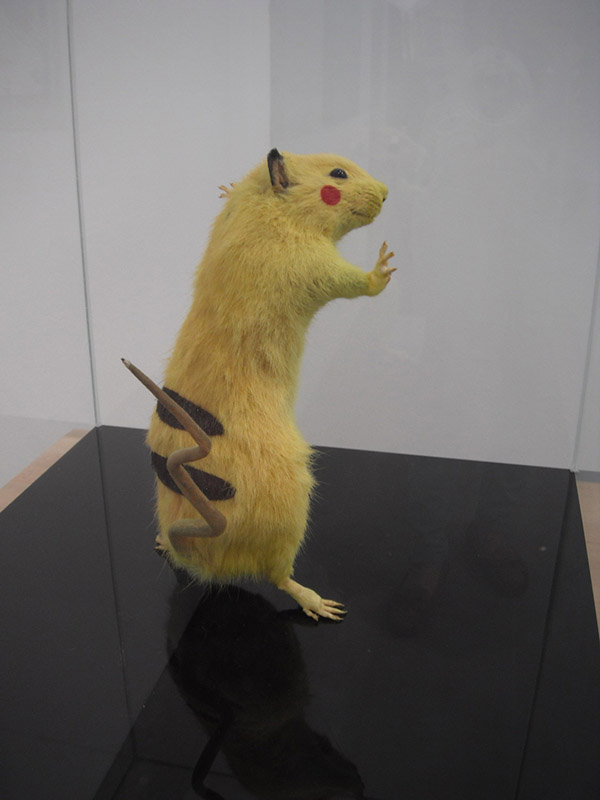
It is easy to see at this year’s fair that the size of works is very modest compared to the previous times. We no longer see Ai Wei Wei’s giant statues or the straw and soil mixed statues that no one can buy from Li Chen. Even the laser cut steel towers of Wim Delvoy have become smaller to biceps. Only Malaysia artists maintain the significance with big paintings hanging up in the outside walls.
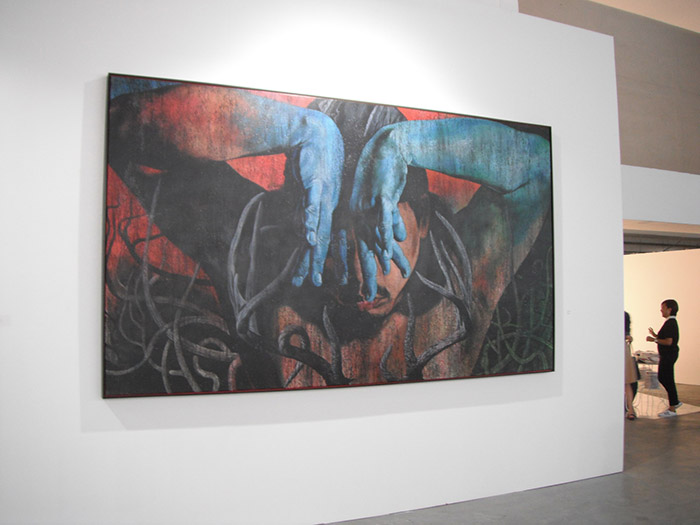
There is a good sign at Art Stage this year for Vietnamese art, which is the appearance of Vietnamese galleries and artists besides the faces in Southeast Asia platform. CUC gallery with its very young lady owner presented two art works by Nguyen Trung, two by Duong Thuy Lieu and especially in the middle of the booth is Ngoc Nau’s “very non-profit” installation, named F.F.I.C.C (abbreviation of some long terminology that I don’t remember). The work reflects a lens of a telescope that human being launched into the space to find extraterrestrial life. In the work, Ngoc Nau used imagination to reflect life. If this work is not yet sold in Art Stage, I hope Cuc will show it in Hanoi so that audience can come and talk with its author to find out more.
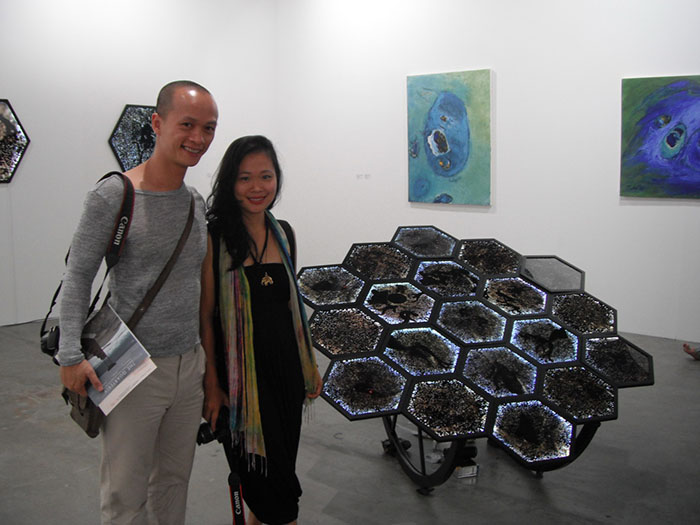
Tagging along with Art Stage are numerous art events organized by museums, galleries, institutes who leverage on the huge audience coming into town.
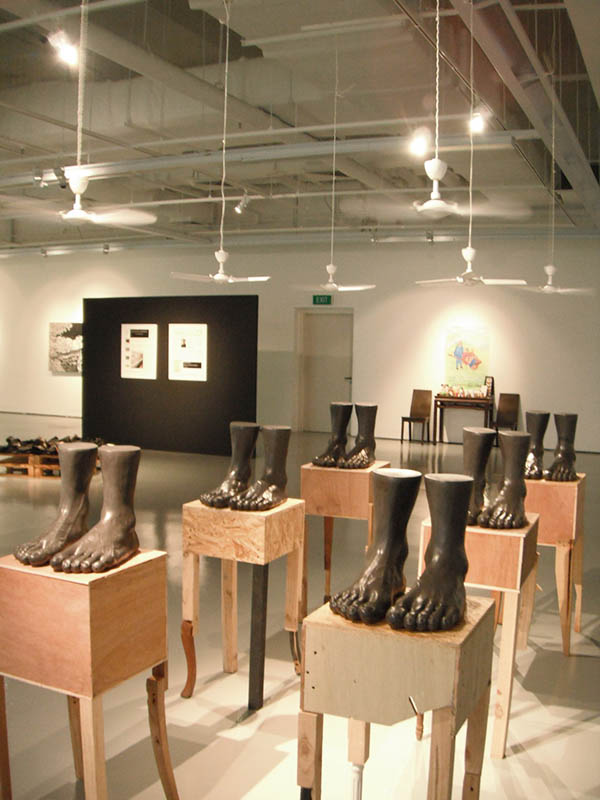
The Signature Art Prize has been known to Vietnamese audience in the past few years. This is a very important award, so the ceremony took over almost the entire space of Singapore Art Museum (SAM). The ceremony was held in the evening of January 22, which is the first day of Art Stage. This year Vietnam has an artwork by Nguyen Trinh Thi making to the 15 finalists. Viewers in Hanoi already know the display at Goethe Institute. However, I feel the content of the video presentation of the work here has been brought to a new level.
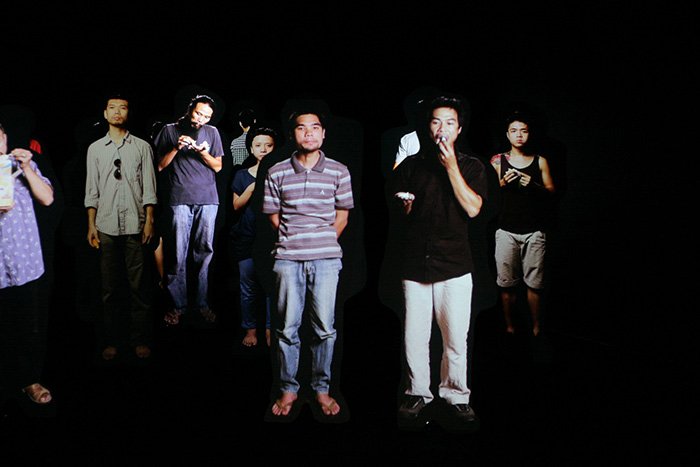
The next day, on January 23 is a concert night at Gillman Barracks. This is a 6.4 hectare campus with wide variety of trees, a former military barrack, converted into a combination of art galleries after the soldiers of this camp shifted to Australia. A total of 16 galleries and studios for artists residing in the blocks scattered. At night, the galleries open through midnight so that audience can party and view the works. This is also my first time to see long queue waiting to see Hiroshi Senju’s solo exhibition with artworks of waterfall.
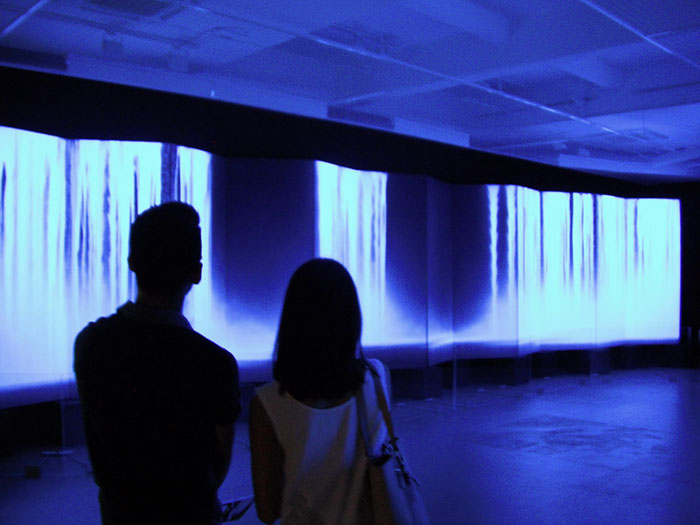
In addition, there are over 100 different events, aligned with Art Stage such as gallery openings, round tables, auctions, etc. which put audience in tough decision where to go. Those events might consume more time than Art Stage official show time.

To me, like many other Vietnamese artists, Art Stage Singapore is a cost-effective opportunity to open our eyes, seeing the most “fashionable” works or top levels from all over the world. I have a fortune to visit most of the Art Stages and not only enjoy the values from art works but also reflect a lot on the “leave or stay” of galleries and artists throughout time. The final moment I remember is when two receptionists were chit chatting, the Hellutrans ArtsMove staff passed by quickly and the sound started, which meant some work has been sold and the gallery has packed, moved and replaced by other works. Booth rental is very expensive, and money is an issue to everyone.
Singapore, January 2015
Words and photos by Pham Huy Thong
Translated by Hue Tran (Hanoi Grapevine)
